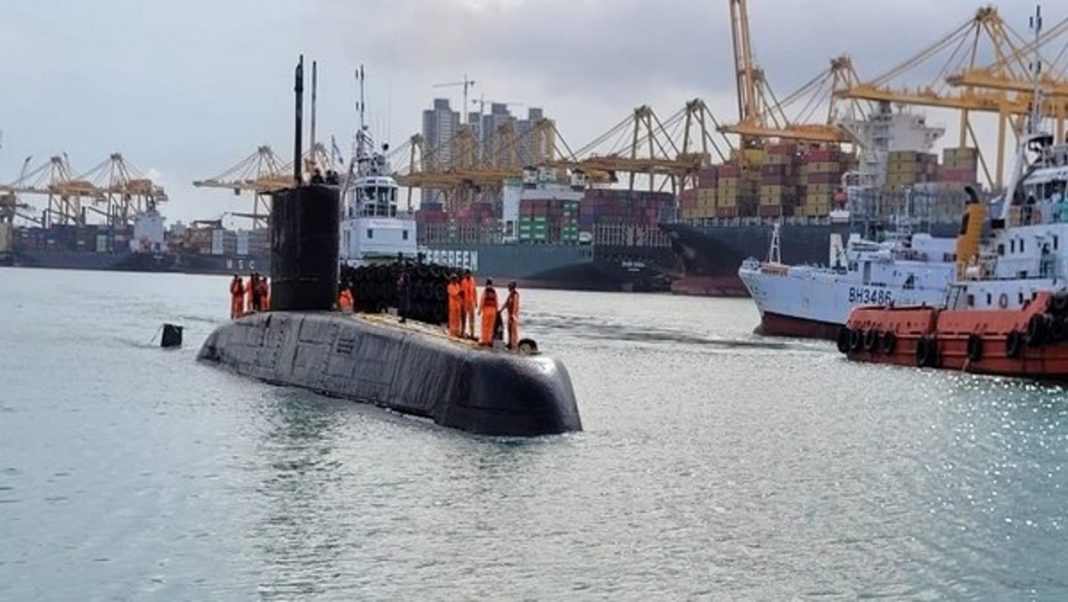In recent years, the Indian Navy has faced several incidents involving its submarines, raising concerns about the safety and operational integrity of its underwater fleet. One of the notable accidents occurred in 2015 when INS Sindhughosh collided with a fishing vessel off the western coast of India. The incident resulted in minor damage to the submarine’s periscope, but it highlighted the risks associated with submarine operations in crowded waters.
Earlier, in February 2014, the INS Sindhuratna experienced a fire onboard that tragically resulted in the deaths of two officers. This incident emphasized the potential dangers submarines face not only from external threats but also from internal malfunctions and fires, which can pose significant risks to crew members.
Another grave incident took place in August 2013 when INS Sindhurakshak suffered severe damage due to explosions while berthed at the naval dockyard in Mumbai. This catastrophic event claimed the lives of fifteen sailors and three officers, marking one of the deadliest accidents in the history of the Indian Navy’s submarine operations.
Going back further, in January 2008, INS Sindhughosh, a different Kilo-class submarine, was involved in another collision, this time with the foreign merchant vessel MV Leeds Castle while trying to surface near Mumbai. Such incidents have raised critical questions regarding the age and operational capabilities of the Indian Navy’s submarine fleet.
Currently, the Indian Navy operates a total of 16 submarines of various classes, including five Kalvari (Scorpene) class submarines, four Shishumar (HDW SSKs) class submarines, and seven submarines from the Sindhughosh class. While the Navy has recently commissioned several new Scorpene submarines, the overall fleet is aging, with many submarines being over 20 years old. Additionally, ongoing manufacturing programs have faced delays, further complicating the Navy’s efforts to modernize its underwater capabilities.
In stark contrast, China’s naval power has been expanding at an accelerated pace. The People’s Liberation Army Navy (PLAN) has augmented its strength with a continuous addition of warships and submarines to its fleet, currently boasting a total of 355 vessels. This significant difference in naval capabilities is a cause for concern for India, especially as China has intensified its operations in the strategically important Indian Ocean region.
As the Indian Navy navigates through these challenges, it remains crucial for the country to address the aging hardware and expedite modernization efforts to ensure a robust and safe submarine fleet capable of maintaining regional security amidst growing threats.





